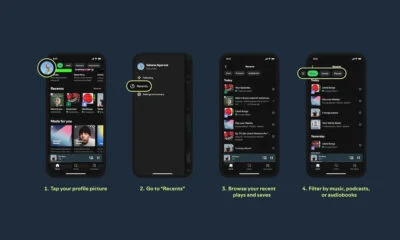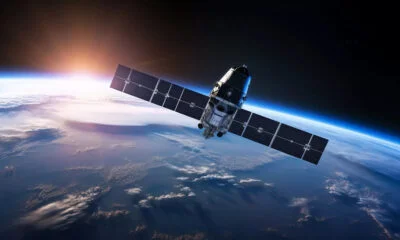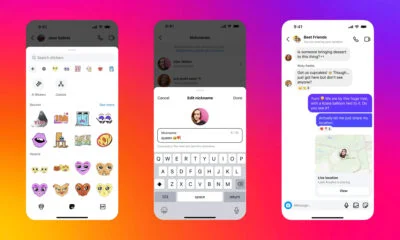News
Nanoleaf Sense+ Control Lighting Handles Automation By Itself
The smart light switches connect to a Thread Border Router known as the Nala Learning Bridge, which features an onboard assistant.
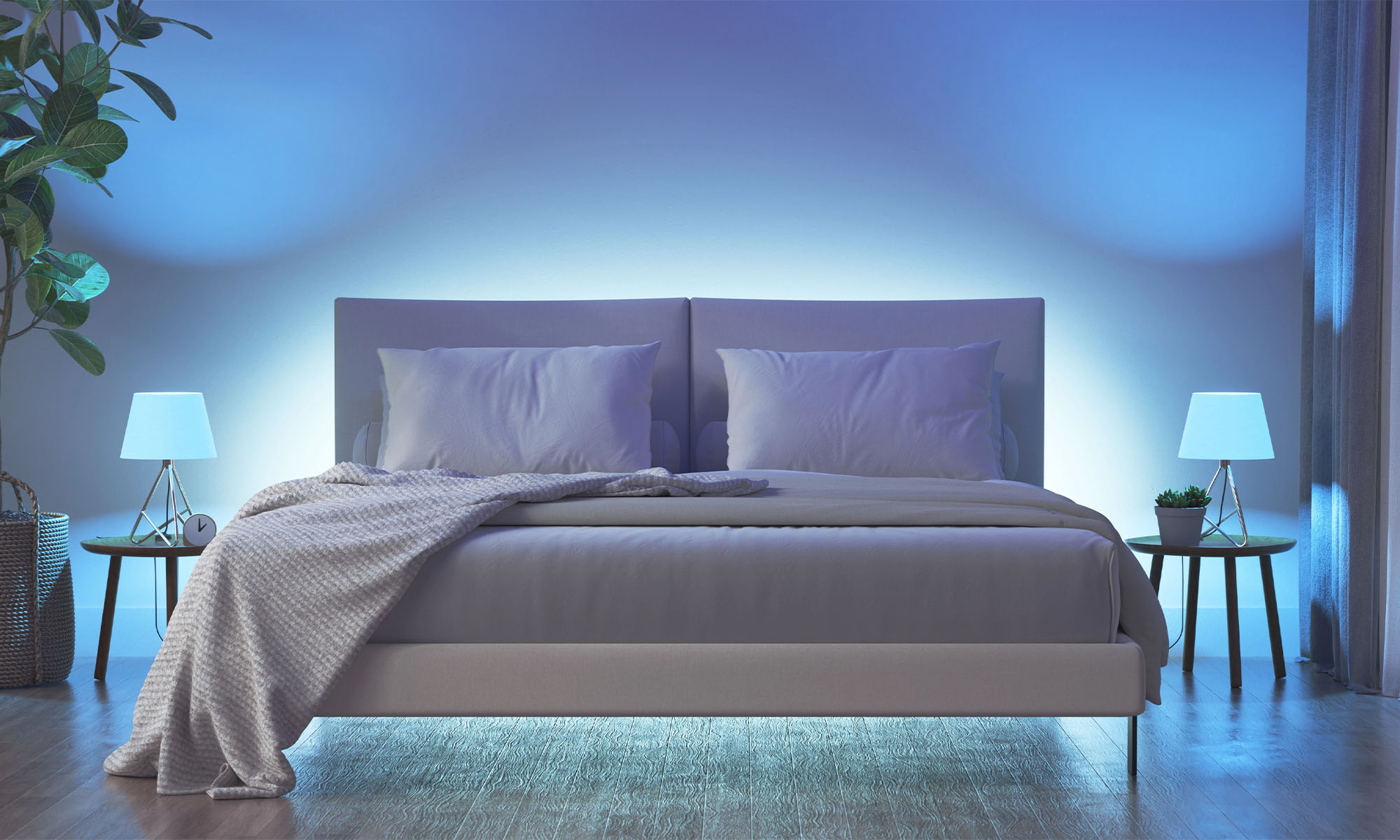
Smart devices such as light bulbs and switches have been around for a long time. These products allow you to turn lights on and off remotely, adjust colors and brightness, plus set up automatic schedules.
There is, however, a slight catch.
Until now, the scheduling part of the equation is something you’ve mostly had to handle yourself, and depending on the app in question, the experience can often be frustrating and time-consuming.
Nanoleaf aims to fix those scheduling issues with its newly announced Sense+ Control family of products. The smart device lineup consists of the Sense+ Smart Light Switch, Sense+ Wireless Light Switch, and Nala Learning Bridge. All three products are Matter and Thread enabled and feature built-in motion and ambient light detection. The Nala Learning Bridge functions as a Thread Border Router and acts as the smart home network’s hub while featuring its own ambient lighting.
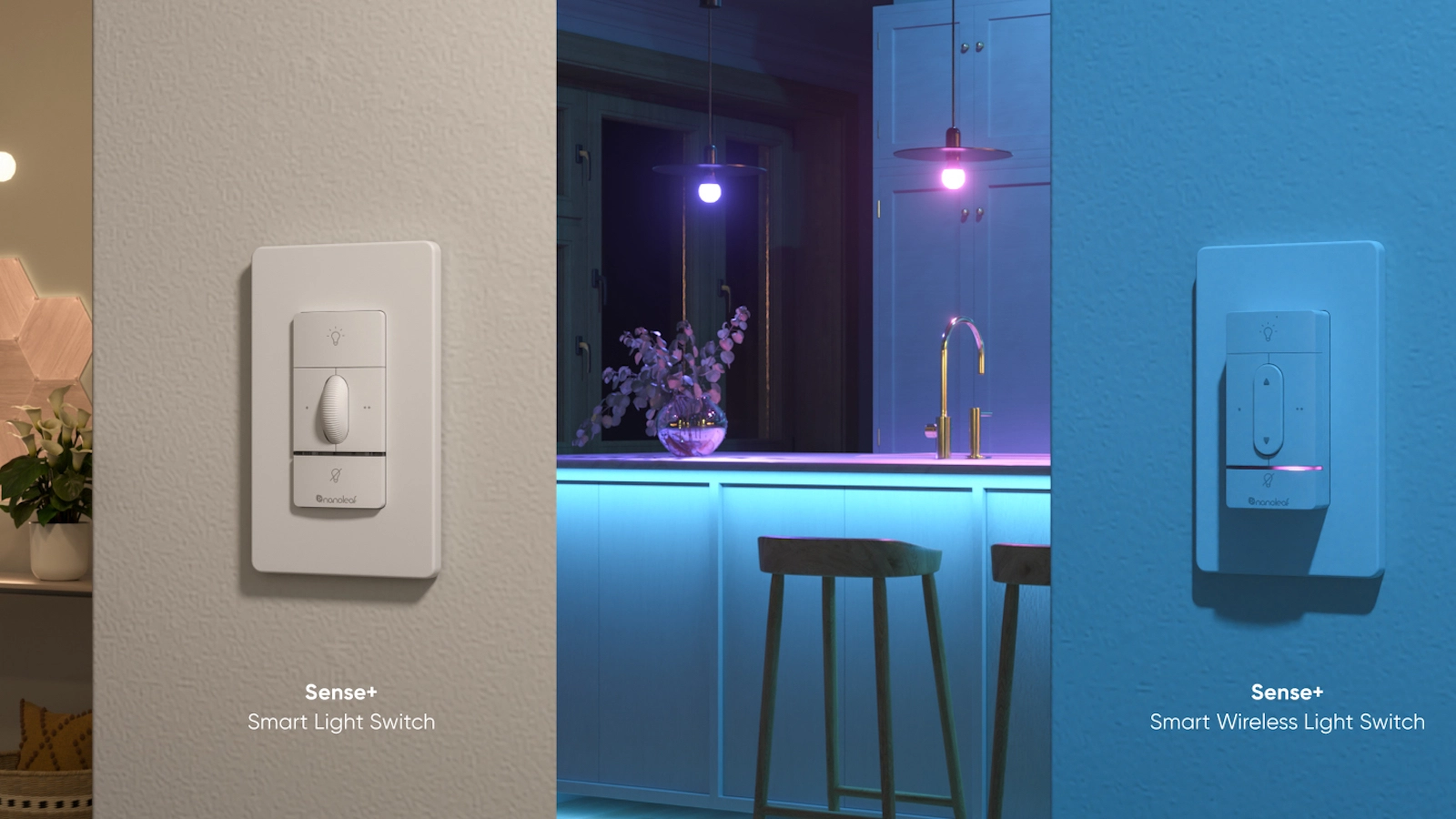
As well as a router, Nala is also the name of the Nanoleaf Automations Learning Assistant. The inbuilt technology uses complex machine learning algorithms to predict a user’s routines and adjust lighting accordingly. The company claims that, “Over time, users will be able to have a truly intelligent and hands-free experience with the smart lighting in their home.”
Nanoleaf 4D
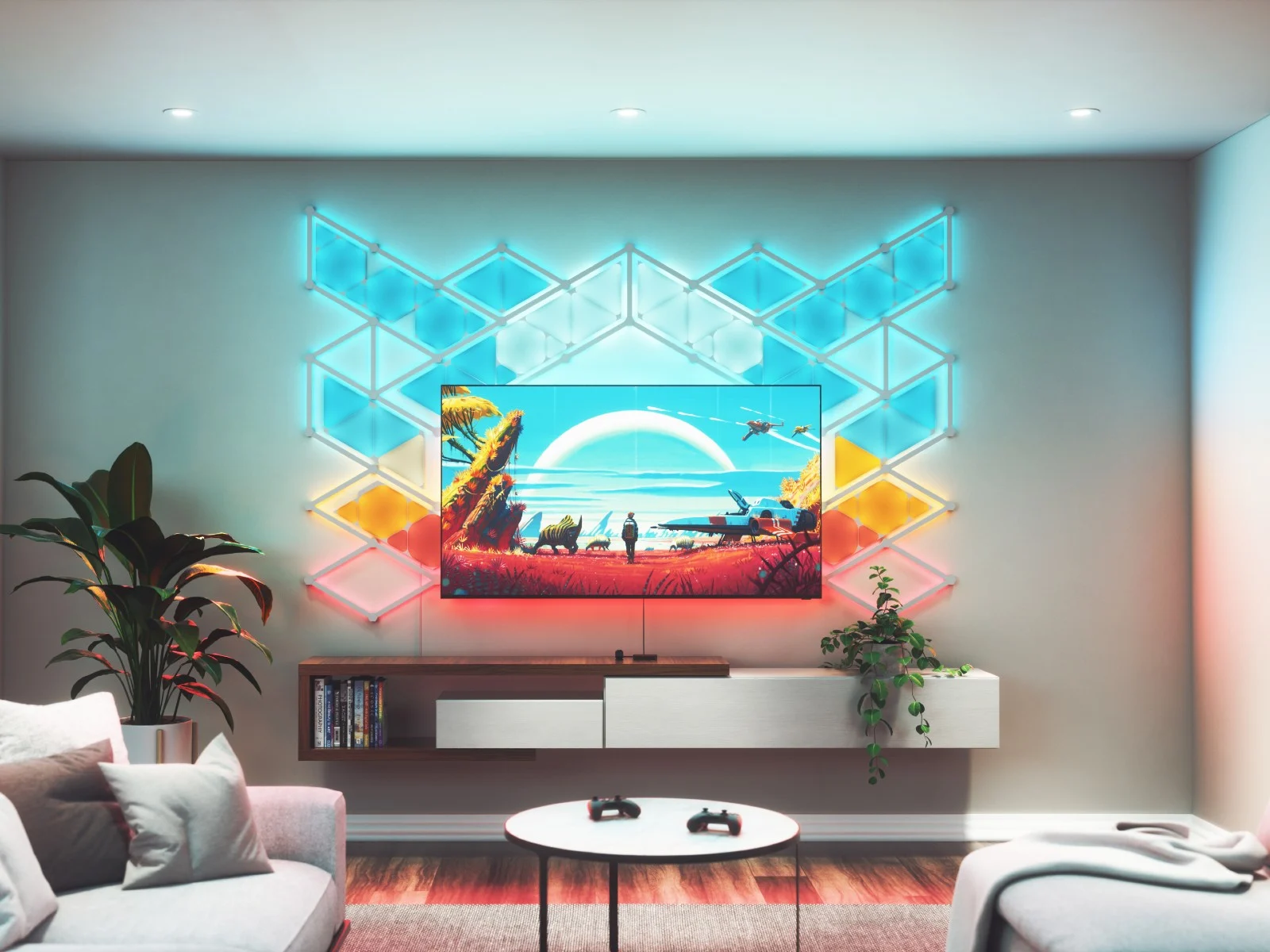
Also announced at this year’s CES 2023 was the Nanoleaf 4D, a system that synchronizes Nanoleaf lights with your TV. The system will ship with the Nanoleaf Screen Mirror Camera and a light strip featuring 50 customizable LED zones.
Using Nonoleaf’s Sync+ technology, the Nanoleaf 4D can mimic your screen’s colors and lighting patterns across all of the other Nanoleaf lights in the room, and supports pre-made scenes, including sunrises.
Nanoleaf Skylight
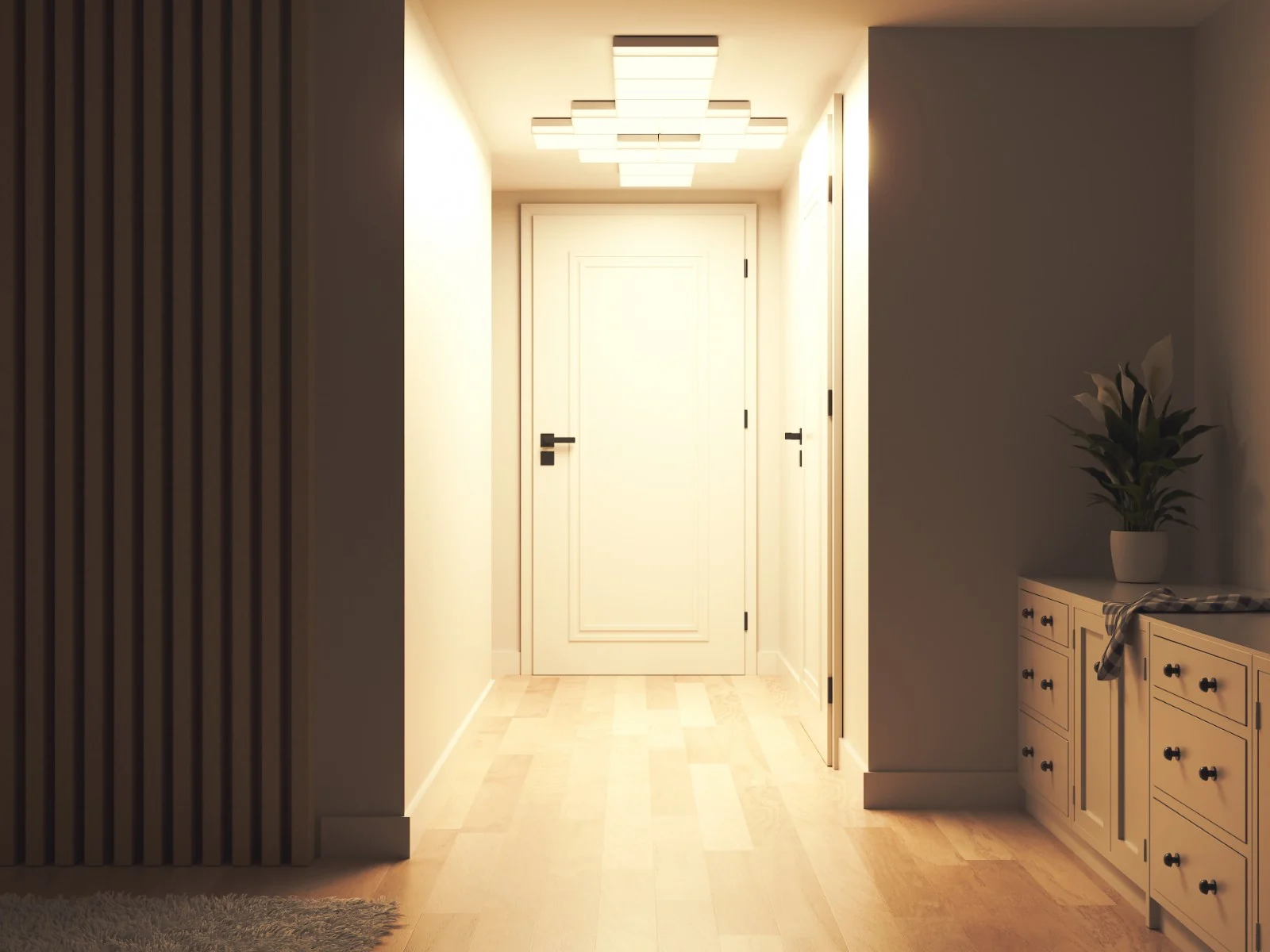
Nanoleaf already offers modular wall panels in its lineup, but soon, the company will add a set of square RGBW LED panels that can be arranged in different patterns on ceilings.
Named Skylight, this new product includes Nanoleaf’s screen mirroring technology, a music visualizer, and supports group scenes. Like the Nala Learning Bridge, Skylight can also be used as a Thread Board Router.
Finally, the company will also update its Essentials line to make them Matter compatible and release software updates to ensure everything works harmoniously. The Sense+ Control line, Nanoleaf 4D, and Skylight should all arrive in stores by the second half of 2023, with pricing yet to be announced.
News
Samsung Smart Glasses Teased For January, Software Reveal Imminent
According to Korean sources, the new wearable will launch alongside the Galaxy S25, with the accompanying software platform unveiled this December.
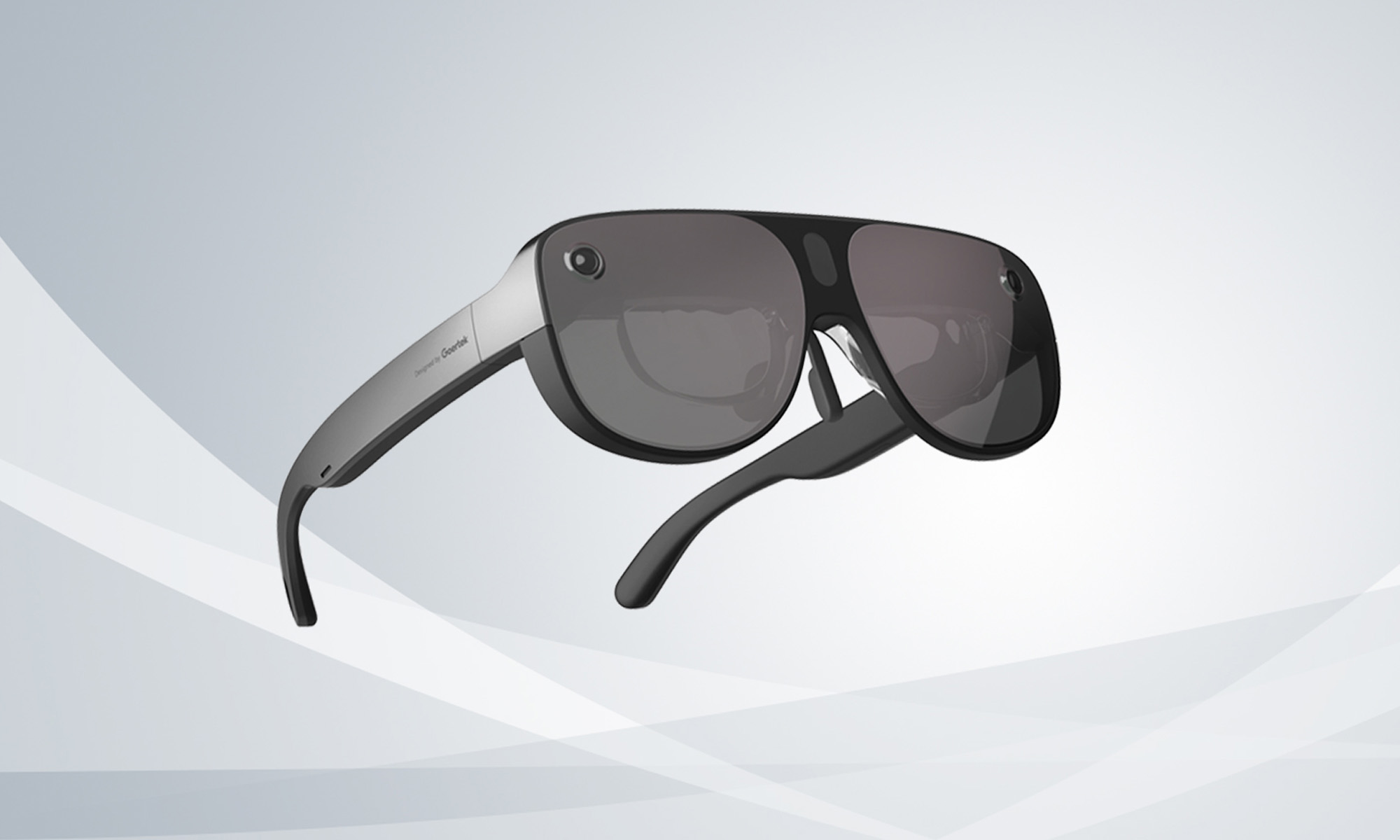
Samsung appears poised to introduce its highly anticipated smart glasses in January 2025, alongside the launch of the Galaxy S25. According to sources in Korea, the company will first reveal the accompanying software platform later this month.
As per a report from Yonhap News, Samsung’s unveiling strategy for the smart glasses echoes its approach with the Galaxy Ring earlier this year. The January showcase won’t constitute a full product launch but will likely feature teaser visuals at the Galaxy S25 event. A more detailed rollout could follow in subsequent months.
Just in: Samsung is set to unveil a prototype of its augmented reality (AR) glasses, currently in development, during the Galaxy S25 Unpacked event early next year, likely in the form of videos or images.
Additionally, prior to revealing the prototype, Samsung plans to introduce…
— Jukanlosreve (@Jukanlosreve) December 3, 2024
The Galaxy Ring, for example, debuted in January via a short presentation during Samsung’s Unpacked event. The full product unveiling came later at MWC in February, and the final release followed in July. Samsung seems to be adopting a similar phased approach with its smart glasses, which are expected to hit the market in the third quarter of 2025.
A Collaborative Software Effort
Samsung’s partnership with Google has played a key role in developing the smart glasses’ software. This collaboration was first announced in February 2023, with the device set to run on an Android-based platform. In July, the companies reiterated their plans to deliver an extended reality (XR) platform by the end of the year. The software specifics for the XR device are expected to be unveiled before the end of December.
Reports suggest that the smart glasses will resemble Ray-Ban Meta smart glasses in functionality. They won’t include a display but will weigh approximately 50 grams, emphasizing a lightweight, user-friendly design.
Feature Set And Compatibility
The glasses are rumored to integrate Google’s Gemini technology, alongside features like gesture recognition and potential payment capabilities. Samsung aims to create a seamless user experience by integrating the glasses with its broader Galaxy ecosystem, starting with the Galaxy S25, slated for release on January 22.















